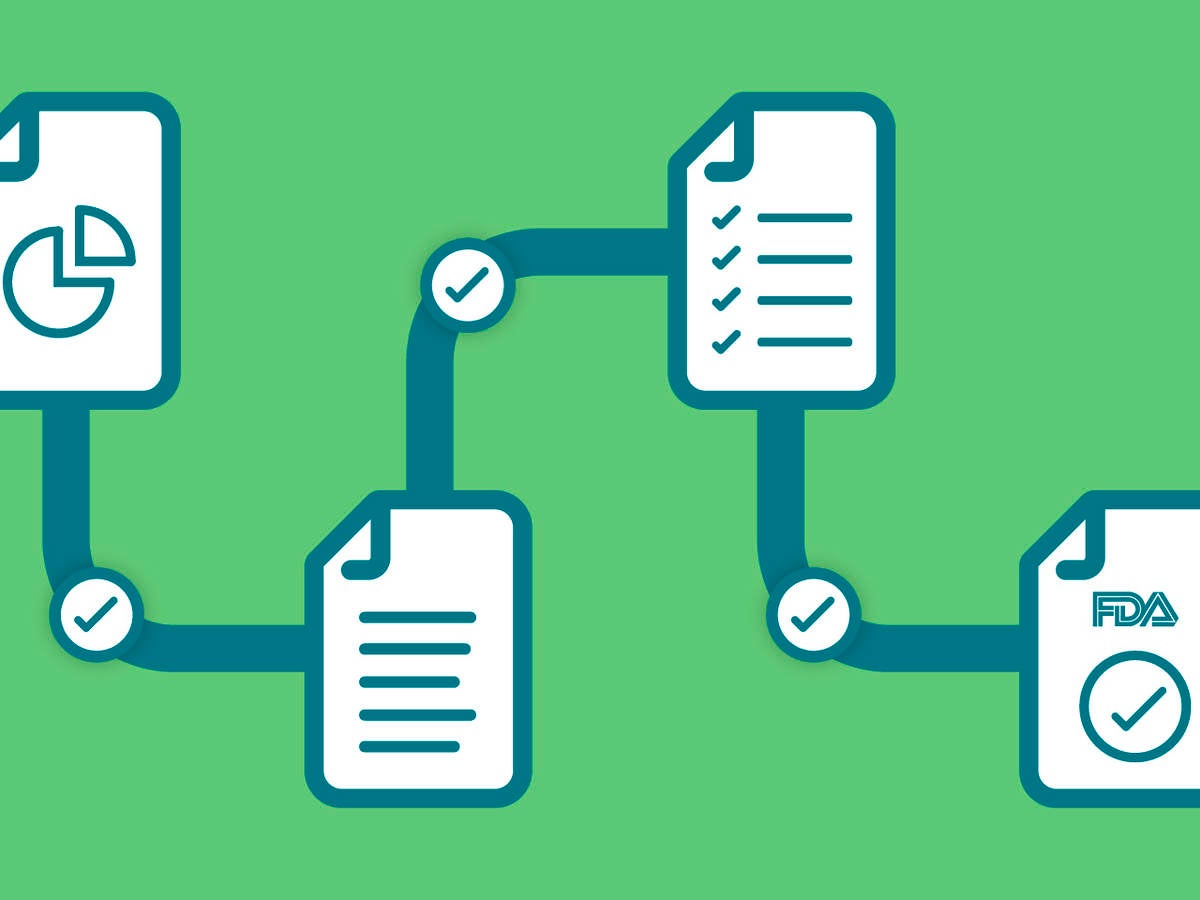March 5, 2022
New guidance from the US Food and Drug Administration explains options available to medical device market applicants and other stakeholders to appeal decisions and actions by the agency’s Center for Devices and Radiological Health (CDRH).
The new guidance lays out three key avenues for resolving disagreements regarding CDRH review outcomes or decisions, including requests for supervisory review, petitions and hearings. The guidance explains each of these processes, but notes that stakeholders themselves must decide which approach to utilize when appealing a CDRH decision or action. Below, we discuss each of these processes available for stakeholders.
Involving the CDRH Ombudsman prior to regulatory review
First, the guidance recommends that FDA premarket applicants and other stakeholders discuss potential areas of disagreement before formal reviews begin. To this end, stakeholders should consider utilizing the CDRH Ombudsman, responsible for clarifying regulatory issues as well as mediating meetings and consultations between stakeholders and agency representatives.
“Before contacting the Ombudsman, a stakeholder should have made reasonable efforts to discuss the decision or action in dispute with the individual charged with managing the matter at issue,” states the guidance. “The general expectation is that the stakeholder will follow an orderly progression of interaction with Center employees followed by outreach to relevant members of management and then engagement with the CDRH Ombudsman, prior to filing a formal request for review.”
Requests for supervisory review
If the CDRH Ombudsman option does not resolve a dispute, or if a stakeholder opts not to utilize the Ombudsman, the first of three appeals options available is a request for supervisory review.
Requests for supervisory review entail filing what’s known as a 10.75 appeal of significant CDRH decisions such as:
- 510(k) premarket notification substantial equivalence decisions
- Premarket Approval (PMA) and Humanitarian Device Exemption (HDE) approval and denial decisions
- Breakthrough Device designation request determinations for devices submitted via 510(k), PMA or De Novo registration routes
- Investigational Device Exemption (IDE) approval decisions
Requests for supervisory review should follow a “hierarchy” whereby such requests should target the next CDRH level above that at which a review decision or action was made. A general organizational hierarchy at CDRH stakeholders should keep in mind for reference is:
- Division of Health Technology (DHT)
- Office of Health Technology (OHT)
- Office of Product Technology Evaluation and Quality (OPEQ)
- CDRH
- FDA Commissioner
Stakeholders must submit requests for supervisory review no more than 30 days after regulatory decisions are issued. While CDRH does not require a specific format for such requests, stakeholders should consult the guidance to determine what to include in their submissions.
Petitions
Second, stakeholders may utilize petitions to appeal CDRH decisions, specifically either to take or refrain from taking actions, reconsider regulatory decisions or place actions in abeyance during further consideration or deliberation.
Stakeholders whose PMA applications for high-risk devices have been denied may file petitions under Section 515 of the FD&C Act, for example, requesting review at the Commissioner level of those denials.
Other petitions available to stakeholders include:
- Citizens petitions field according to 21 CFR Part 10.30 requirements to challenge an FDA regulatory action or decision
- Petitions for administrative reconsideration (21 CFR Part 10.33)
- Petitions for administrative stays of action (21 CFR Part 10.35)
Hearings
Third, stakeholders may request hearings to appeal CDRH decisions, although they may entail more procedural requirements and timeframes compared to requests for supervisory review or petitions.
Options stakeholders may consider include formal evidentiary public hearings under 21 CDR Part 13; public hearings before public advisory committees (21 CFR Part 14); public hearings before the FDA Commissioner (21 CFR Part 15); or regulatory hearings before the FDA (21 CFR Part 16).
Requests for hearings should be filed with FDA’s Docket Management Staff. Again, stakeholders should refer to the guidance regarding filing and documentation requirements associated with each of these hearing options.
Additional US FDA medical device regulatory resources from Emergo by UL:
- US FDA 510(k) consulting for medical device and IVD companies
- FDA Pre-Sub (Q-Sub) consulting support for medical device manufacturers
Request information from our specialists
Thanks for your interest in our products and services. Let's collect some information so we can connect you with the right person.



